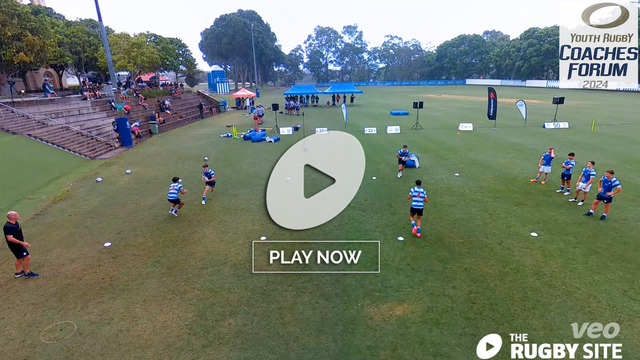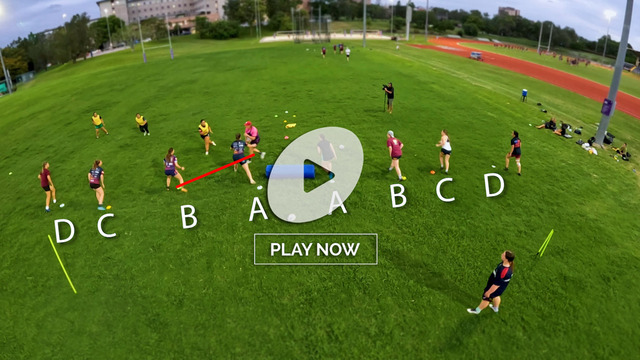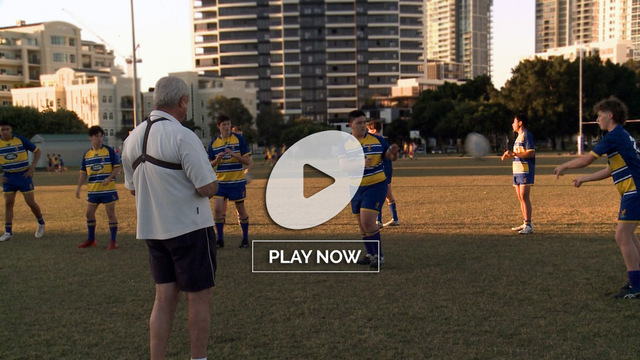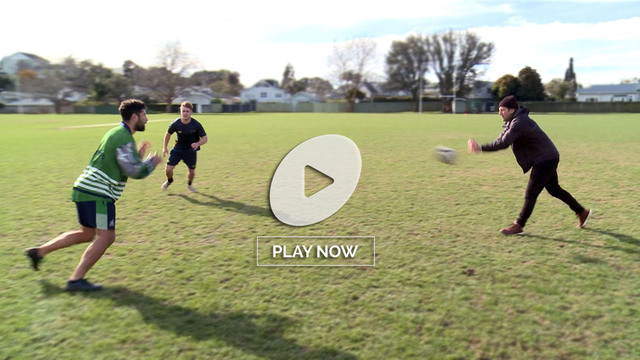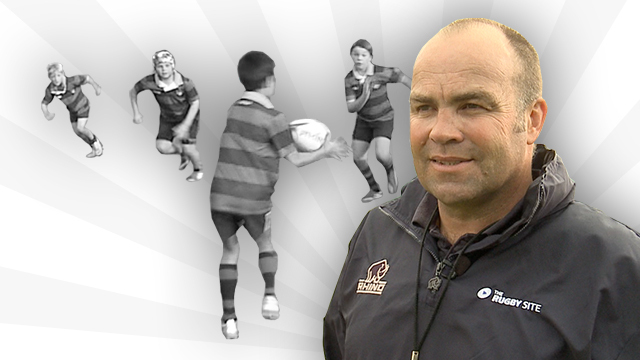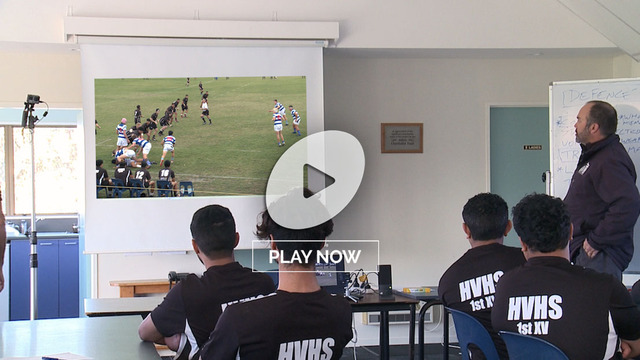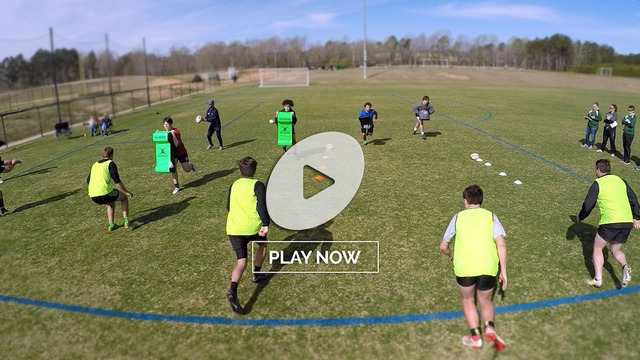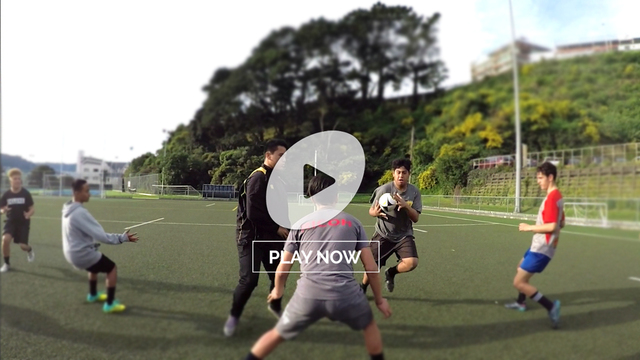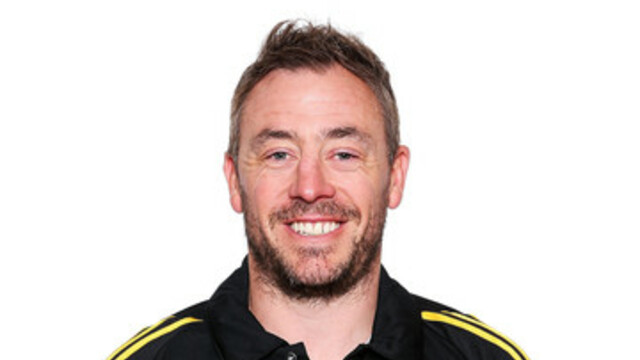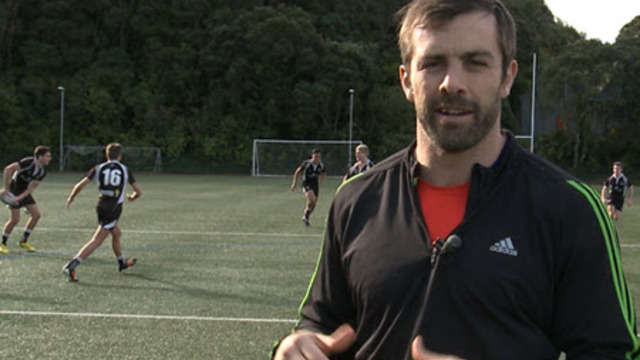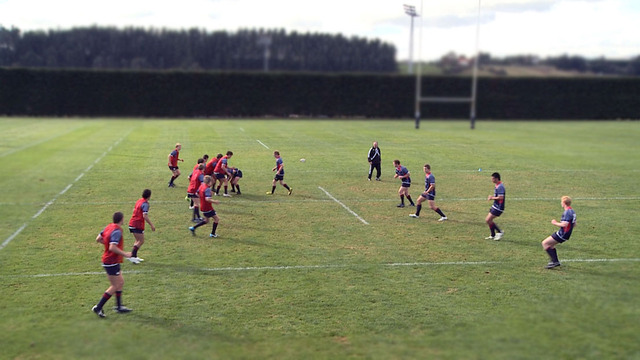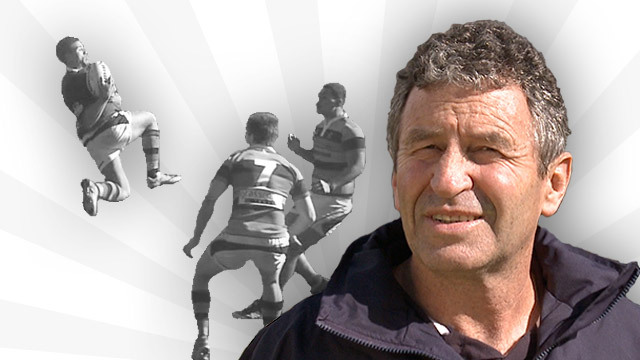Defence and counter attack gel like sausage, bread, barbeque and Watties tomato sauce in a typical Kiwi summer.
This is specially, but not limited to, where Wayne Smith’s nous will benefit the All Blacks this year.
We all recognise Smith as one of the most astute and, therefore, sought-after minds in world rugby.
Just ask England’s RFU why they aggressively pursued the “professor” in 2008 – only to be thwarted by Roy Keane’s speech to the All Blacks about the significance of passion and loyalty.
The New Zealand Rugby Union received an early Christmas present, too, when Smith revealed he could not bring himself to lead a tier one threat against the All Blacks. Not now; not ever.
One-hundred-and-sixty odd tests as a player and coach simply means too much.
Italy is the only foreign nation Smith is likely to entertain assisting post 2015.
It’s widely accepted the former first five-eighth offers the All Blacks a major boost in their bid to defend the Webb Ellis Cup for the first time.
Let’s explore his value.
Assuming the defence brief from Steve Hansen, Smith will lessen the load and allow the All Blacks head honcho to take on a helicopter role – hovering above while having a hand in every pie. He will also play a key role in the counter attack, alongside assistant coach Ian Foster.
Smith and Foster met last month to discuss integrating ideas. Essentially, Smith will be responsible for counter attack, while Foster will continue to oversee the backs and overall attacking vision.
It may not be immediately obvious, but analysing defence and launching counter attacking strategies intertwine much like photosynthesis.
Around 40 per cent of tries are scored from a form of turnover possession. It provides the spark.
“Strategically I really like the role of plotting the defence and working out how we can get the ball back, whether that’s by forcing poor kicks or turning it over at the ruck,” Smith says. “Whatever it is, that ball creates a lot of tries.”
Traditionally, there are no better exponents of punishing mistakes than the All Blacks. Of the 57 tries they scored in 2010, Smith estimates 40 came from opposition ball. Kicks, spillages, set piece and ruck turnovers were all pounced upon.
Of late, though, this area has been subdued.
Julian Savea’s unrivalled power aside, by their standards the back three was quite last year. Part of that was due to regular tweaks, with Savea, Israel Dagg, Ben Smith, Cory Jane, Charles Piutau and even Colin Slade starting there. Part of it comes down to opposition working out chase lines and kick returns must be executed with precision.
Smith’s vision should reinvigorate this lethal aspect.
It’s a familiar brief – one he held with the All Blacks and Chiefs for the best part of five years.
The first part of the equation involves gaining turnovers. Here Smith stresses the need to pick the right fights – ones you can win by, for example, identifying a lack of numbers at the breakdown.
“At the tackle you need to recognise the queues where you can be successful,” he says. “There’s no point wasting a body in there if the ball is already lost. You’re better off to get out and have a crack at the next one."
“There’s a lot of stuff you can do around that decision making. Forcing teams into positions where they’ve got to kick is part of defence. Then once they’re going to kick recognising their body language and making sure you can put pressure on."
“The back field then needs to be ready and excited and prepared to attack. All that is integrated. That’s a really exciting part of the game. I love working on that with players.”
While his expertise will be targeted here, Smith is also expected to work closely with Hansen, Foster and the leadership group on other strategic elements.
After all, why would you pigeon hole such a valuable resource?
It wasn’t until 2004 – working alongside Graham Henry and Hansen – that Smith moved into specialised areas. Even as All Blacks head coach in 2000/01 he oversaw attack and defence, something unheard of in the modern age.
In 2009, when the trio switched roles Smith found his niche with defence and counter attack. One year later 70 per cent of the All Blacks’ tries came from this avenue.
World Cups are a different beast to a regular test season but that stat alone is enough to send shivers through this year’s contenders.
Hansen approached long-time comrade Smith about rejoining the team, with the understanding his influence could define their ultimate quest this year.
Their breakthrough mentality at the last World Cup – success which ended 24 years of anguish and developed refreshing perspective that recently saw Hansen reappointed until 2017 – was based on recognising pinnacle events are unique and the need to treat them as such.
Four years ago they embraced the challenge. This year they will attempt to emulate that mindset.
“Previously the All Blacks had entered the tournament as just another set of test matches. You’ve got to acknowledge teams you would normally beat the other three years at a World Cup when they’re marching behind a flag become bloody difficult."
“They have huge emotion; they’ll die for their country. You’ve got a fight on your hands. You’ve got to understand you’ve got to get to that level yourselves."
“You only get one chance to live in the present moment and you’ve got to make the most of it. That’s what we did in 2011 – to make it fun, accept the challenge, look forward to it and acknowledge that other teams are going to have an impact."
“You better be at your best or you’re going to get found out.”
Smith’s addition to the All Blacks will certainly help them reach their best.




